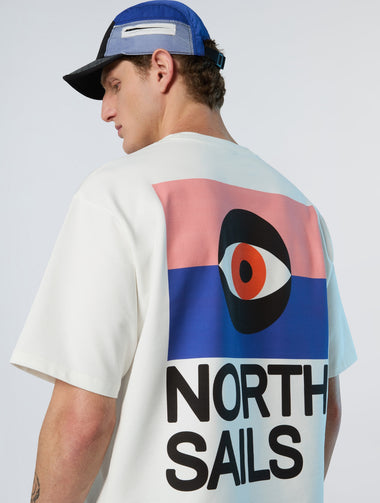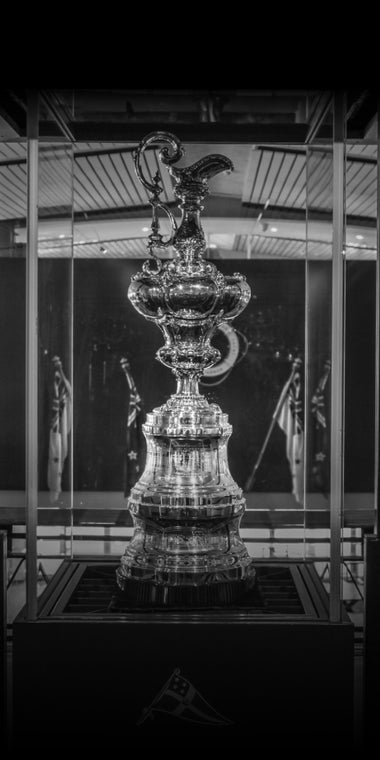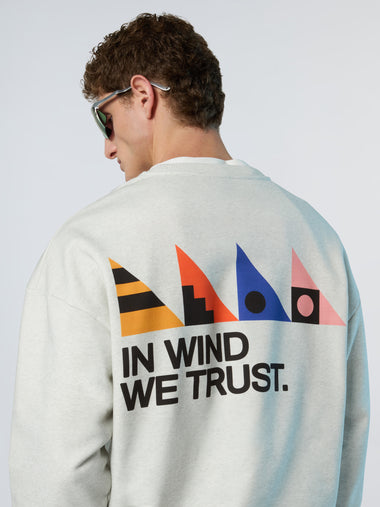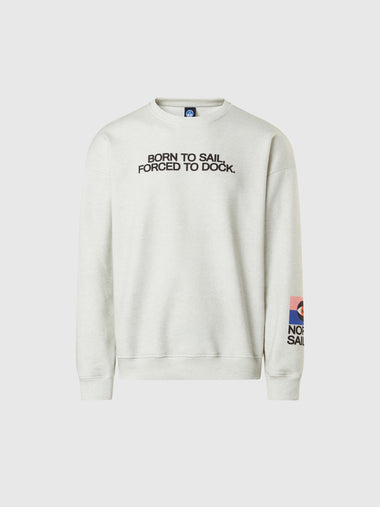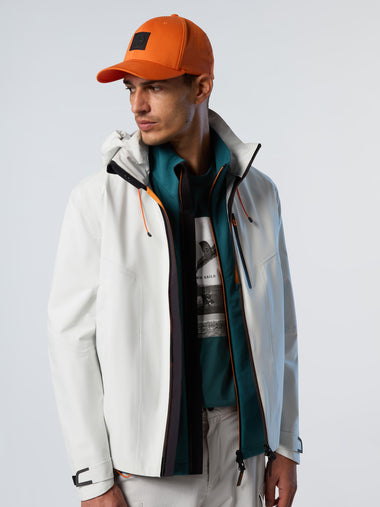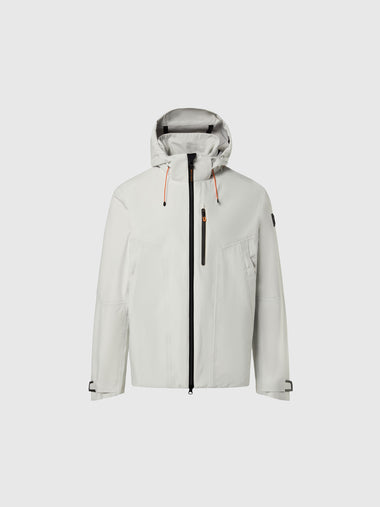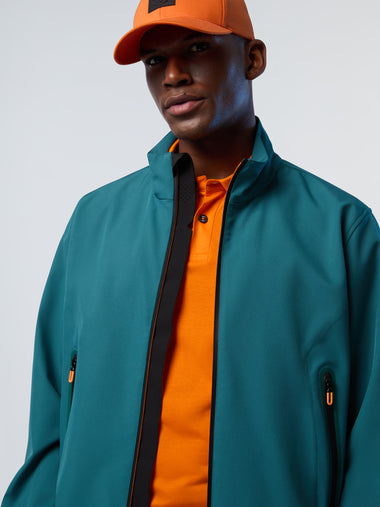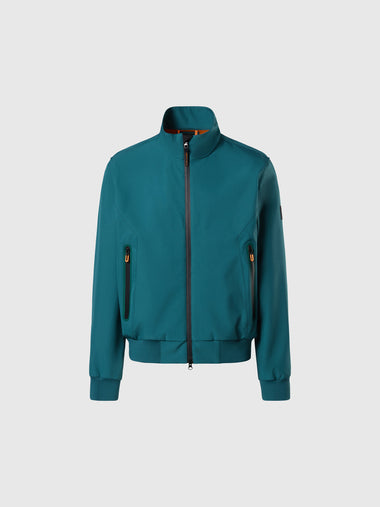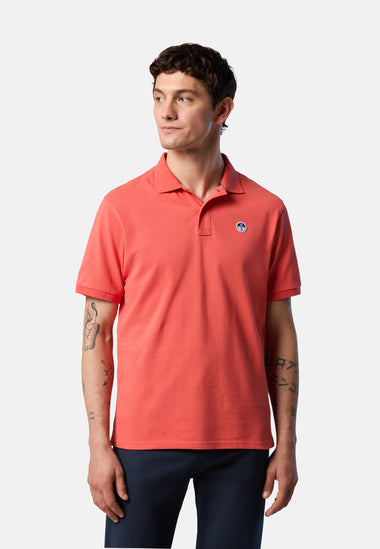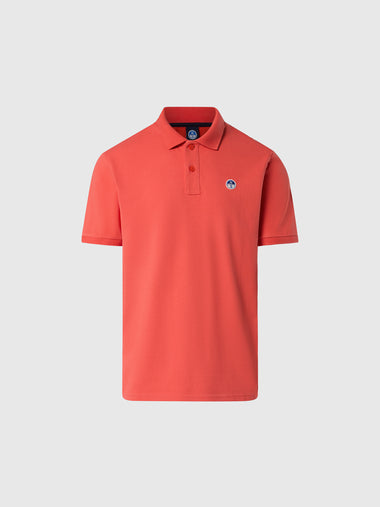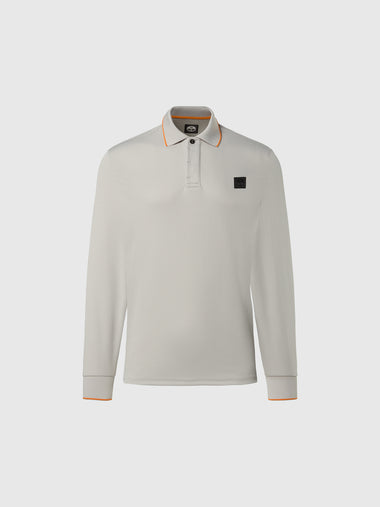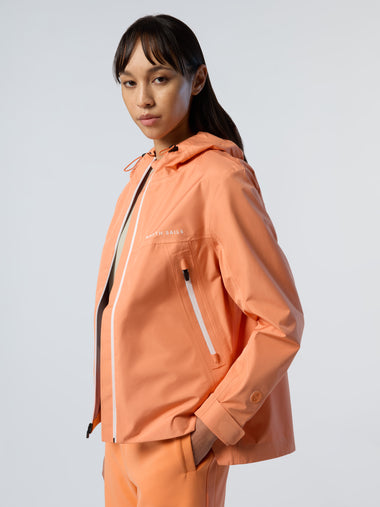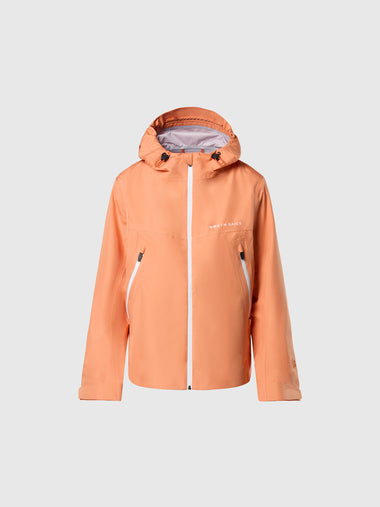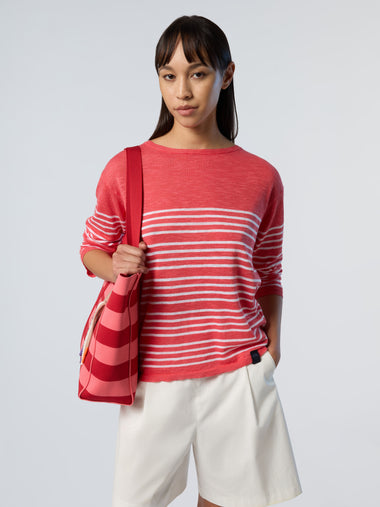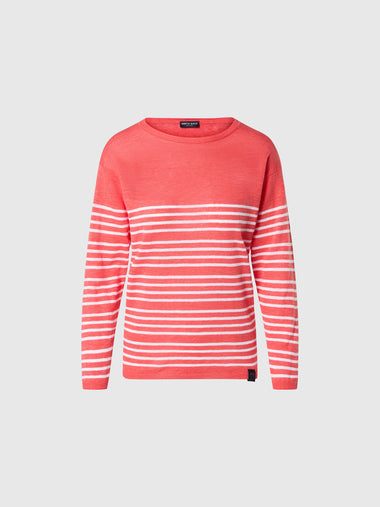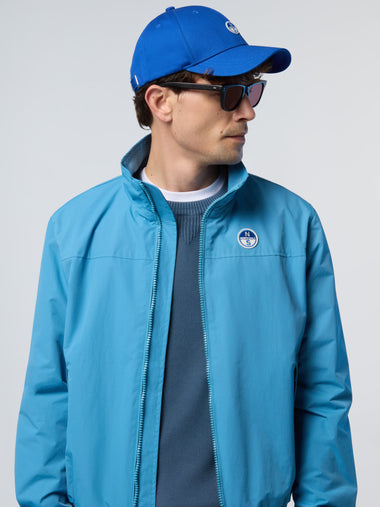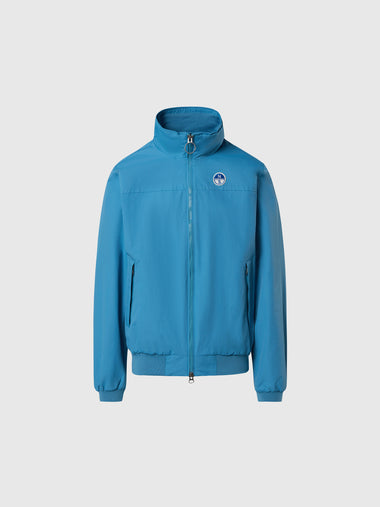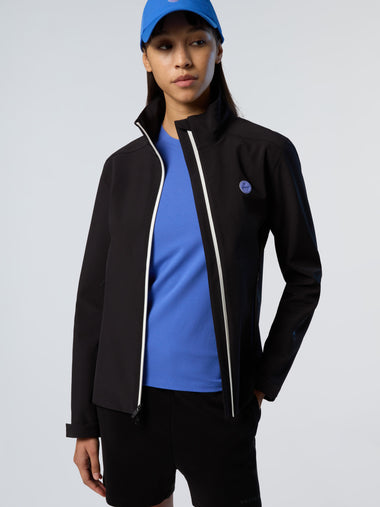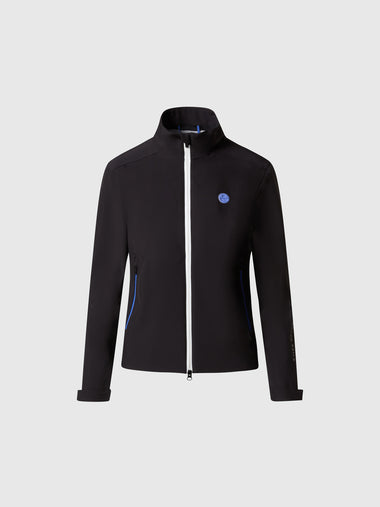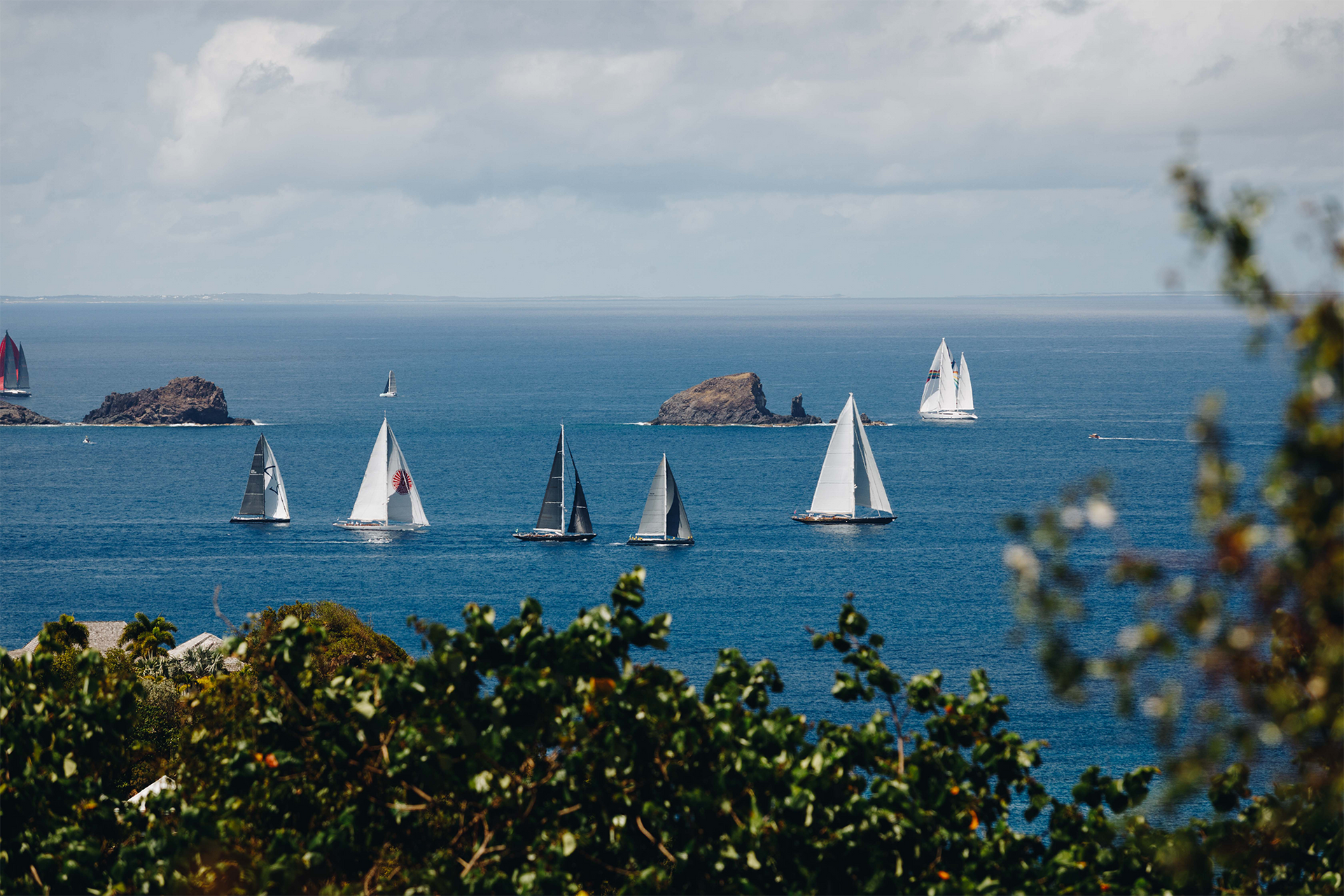NORTH SAILS TOGETHER WITH MACIF
TOGETHER WITH MACIF
Three Questions With North Sails
 © Vincent Curutchet
© Vincent CurutchetNote: article was originally published by MACIF in French and republished in English with their permission. www.macifcourseaularge.com
Whether they are partners or suppliers, many people work in the shadows alongside the MACIF
trimaran team to provide their expertise and contribute fully to the development of the project. This month’s spotlight partner is North Sails. North Sails is a key player in French and international offshore racing, and have worked closely with François Gabart’s technical team since 2011. The Brittany-based design team contributed to the development of the sails on the IMOCA MACIF
60', winner of the Vendée Globe 2012-13; and this year again, the sailmaker is part of the close working unit for the MACIF
trimaran alongside VPLP (naval architects) and GSea Design (composite specialists). Gautier Sergent, North’s Head of Research & Development, explains the importance of North Sails' involvement with François Gabart's multihull success.
What is the scope of North Sails involvement with the MACIF trimaran?
Gautier Sergent: "When the boat was built in 2014-15, the goal was to design a multihull helmed by François Gabart and to focus on the efforts at stake to what he can achieve alone. That's why we came out with a boat that was a little less powerful than what was being done at the time to allow François to make the most of its maximum potential. To address this challenge, we created a sail plan that met the specifications for power, weight and functionality. We then modeled all the sail configurations against real conditions to anticipate boat performance at all speeds. Today, we are also working on the aerodynamics of the platform and its interaction with the sails in order to optimize the operation of the sails and reduce the drag of the boat. "
We modeled all the sail configurations against real conditions to anticipate boat performance at all speeds.
What is the impact of the addition of foils on the sail plan?
GS: "After the solo record around the world, we debriefed in detail with François and all the technical team to identify the good points, the bad points and to define areas of improvement on the boat. For this, we work on modeling the aerodynamics of the platform to minimize drag. We are reaching a new milestone with the new foils, so we are in a phase where every small gain starts to be important. The way the MACIF trimaran sails will change; it will fly higher in the air and faster, which results in a modified sail plan. The challenge today is to succeed in making this boat fly in a stable and reliable way."
We are reaching a new milestone with the new foils, so we are in a phase where every small gain starts to be important
What are the new technologies on the MACIF trimaran sails?
GS: "3Di! For several years there’s really been a big evolution in terms of the balance of deformation and weight. For the record around the world, François had a mainsail that had already sailed 50,000 miles before the start. Today, we are confident that a mainsail can perform up to 80,000 miles, the equivalent of three to four years of sailing on these boats. We could never have imagined old technology doing the equivalent of three circumnavigations around the world. On the MACIF trimaran, we have been able to create 100% composite sails which are molded precisely to the desired shape and which are durable. Designing a durable sail that stays in one piece for a long time is one thing but also so that the shape remains unchanged, that is a huge factor in performance!"
 ©Jean Marie Liot
©Jean Marie Liot

